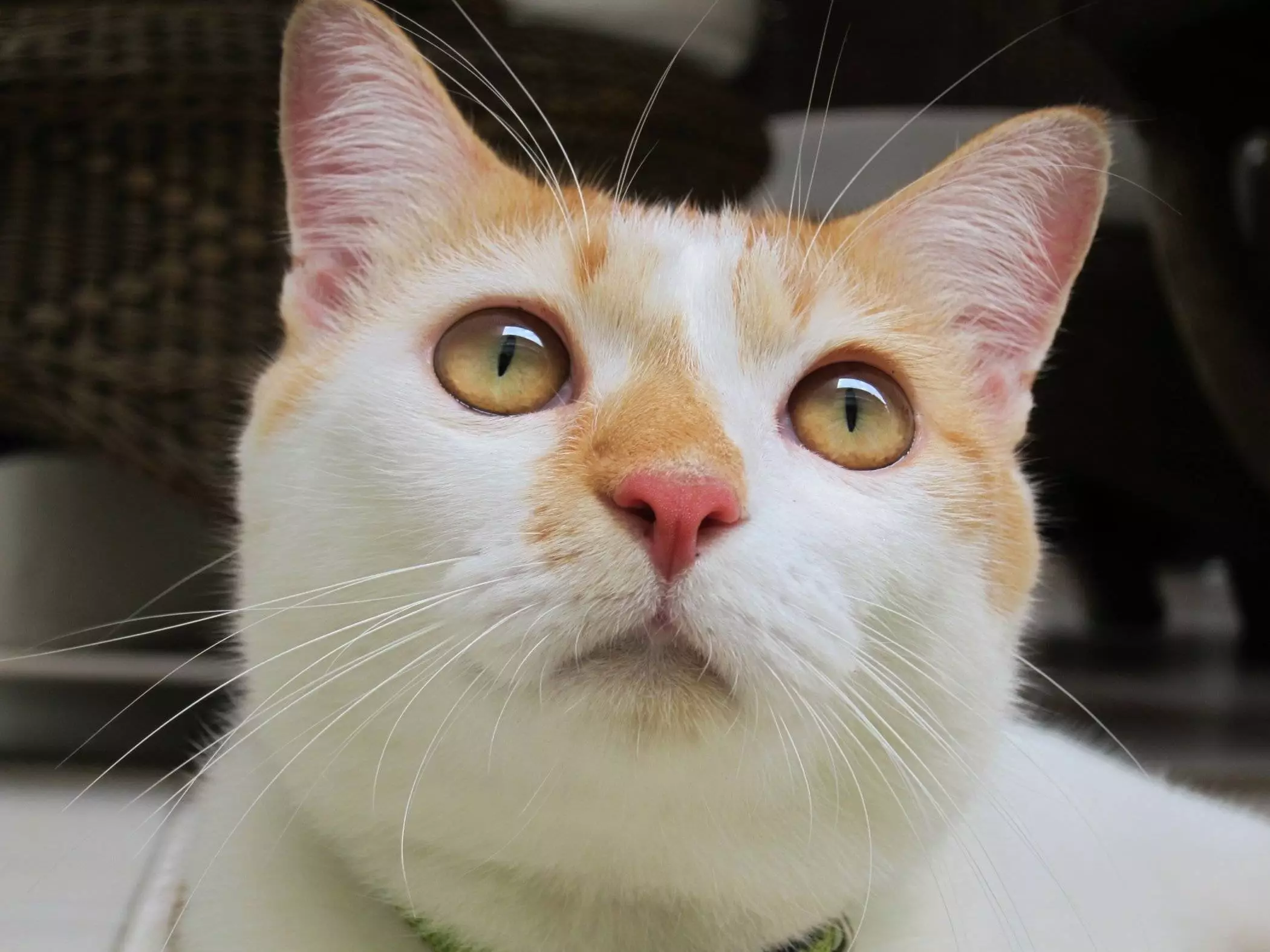In recent years, our society’s deep-seated affection for pets has been met with a sobering truth: a significant percentage of these beloved companions are battling obesity. A startling survey conducted by Go.Compare Pet Insurance indicates that around 46% of Britain’s dogs and cats are classified as overweight. This alarming statistic not only reflects a widespread issue but also raises concerns regarding the health and well-being of our furry friends. It emphasizes the need for increased awareness and proactive measures to combat pet obesity.
To gauge the weight status of these animals, the latest study employed a humorous tool known as the “Chonk Chart.” This light-hearted approach categorizes pets based on their body fat percentage, making the often serious topic of obesity more approachable for pet owners. According to the findings, only 54% of pets fall into the “Fine Bois” category, which denotes a healthy weight range with body fat percentages between 16-25%. Conversely, a concerning 30% of pets are categorized as “He Chomnk,” indicating that they are bordering on overweight, with body fat percentages of 26-35%.
Dogs generally show a better performance regarding weight management than cats, with 58% of dog owners reporting their pets are within the healthy weight category compared to only 46% of cat owners. This disparity raises important questions about pet care practices, including differences in diet, exercise, and owner awareness.
An intriguing aspect of the study explores how household makeup influences pet weight. It was revealed that pets in multi-pet households are less likely to be overweight. Only 35% of pets from single-pet households fall within the recommended weight range, while over half (54%) of pets in multi-pet environments do. This finding suggests that the increased activity levels and social interactions within multi-pet households could positively contribute to managing healthy weights, prompting pet owners to reevaluate the dynamics of their households.
Alison Thomas, the head of veterinary standards at Blue Cross, articulated the severe health implications tied to pet obesity. She explained that, akin to human health risks, pets facing obesity are prone to several debilitating conditions such as heart disease, diabetes, arthritis, and respiratory issues. The physical manifestations of these health problems—difficulty in breathing, pain, and limited mobility—are distressing not only for the pets but also for their owners. Furthermore, studies suggest that obese pets tend to have shorter life spans and diminished quality of life, which reinforces the necessity for immediate intervention.
Particularly alarming is the fact that obesity seems to be more prevalent in middle-aged and neutered pets. A 2021 VetCompass study analyzed 22,333 dogs and identified specific breeds, including pugs, beagles, golden retrievers, and English springer spaniels, as being at greater risk for obesity, further emphasizing the need for tailored weight management strategies according to breed characteristics.
Poor dietary habits and insufficient exercise are the main culprits behind pet weight gain. Overfeeding during meal times and excessive treat-giving compromise the health of dogs and cats alike. Rhys Jones, a pet insurance expert at Go.Compare, stressed the long-term consequences of obesity not only on pet health but also on financial well-being. With obesity recognized as a chronic medical condition by many veterinarians, pet insurance premiums may increase, making prevention even more critical for pet owners.
To mitigate these risks, owners must commit themselves to a balanced diet and regular exercise for their pets. This responsibility can involve structuring meal sizes, incorporating physical activities, and understanding the specific dietary needs of different breeds or age groups.
As pet obesity becomes an increasingly pressing public health issue in Britain, it is vital for owners to be proactive. The heartwarming bond we share with our animals must extend beyond companionship; it should encompass a commitment to their health and longevity. By prioritizing a healthy lifestyle—including appropriate nutrition and exercise—pet owners can significantly improve the quality of life for their furry companions, ensuring that they remain part of the family for many years to come.


Leave a Reply